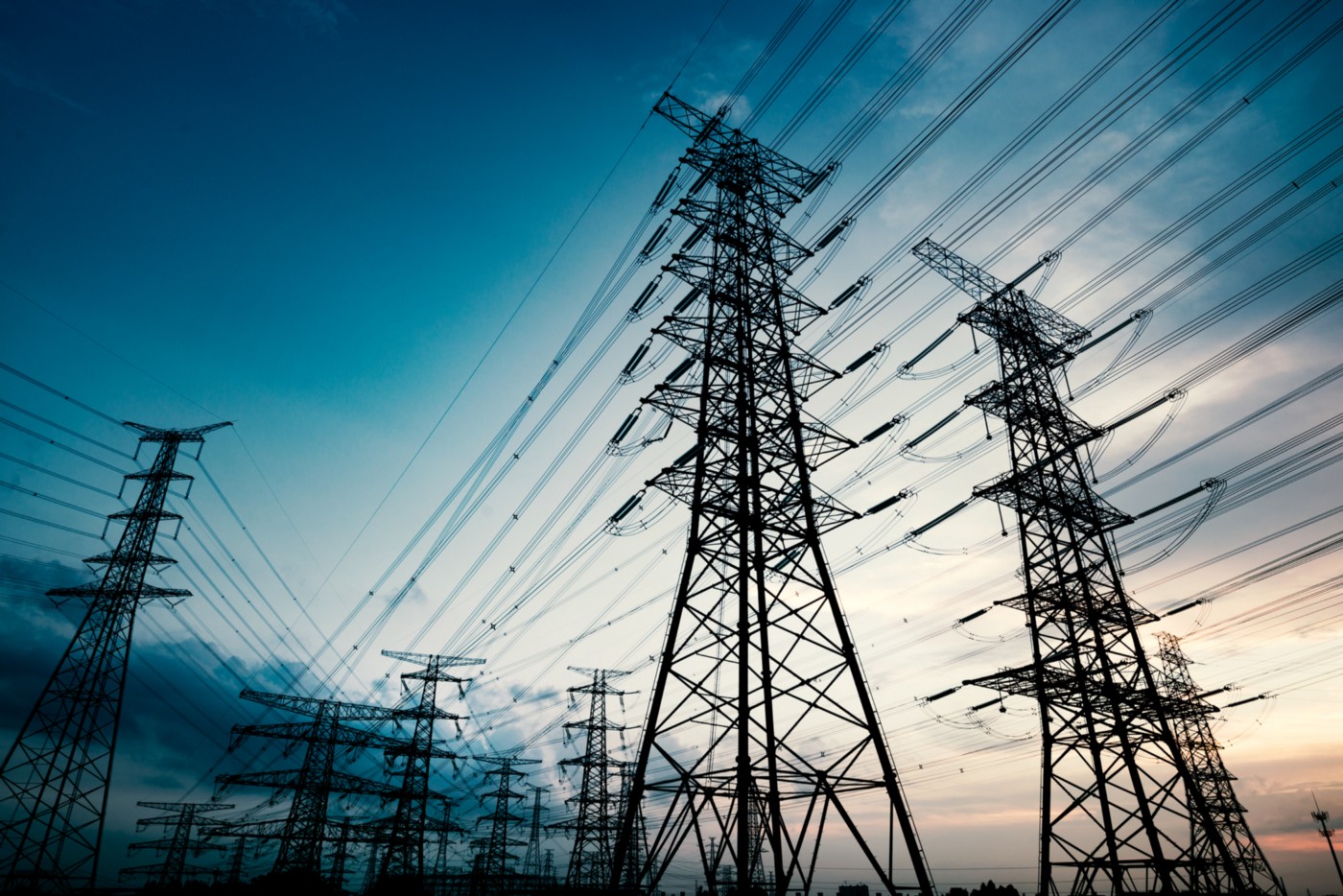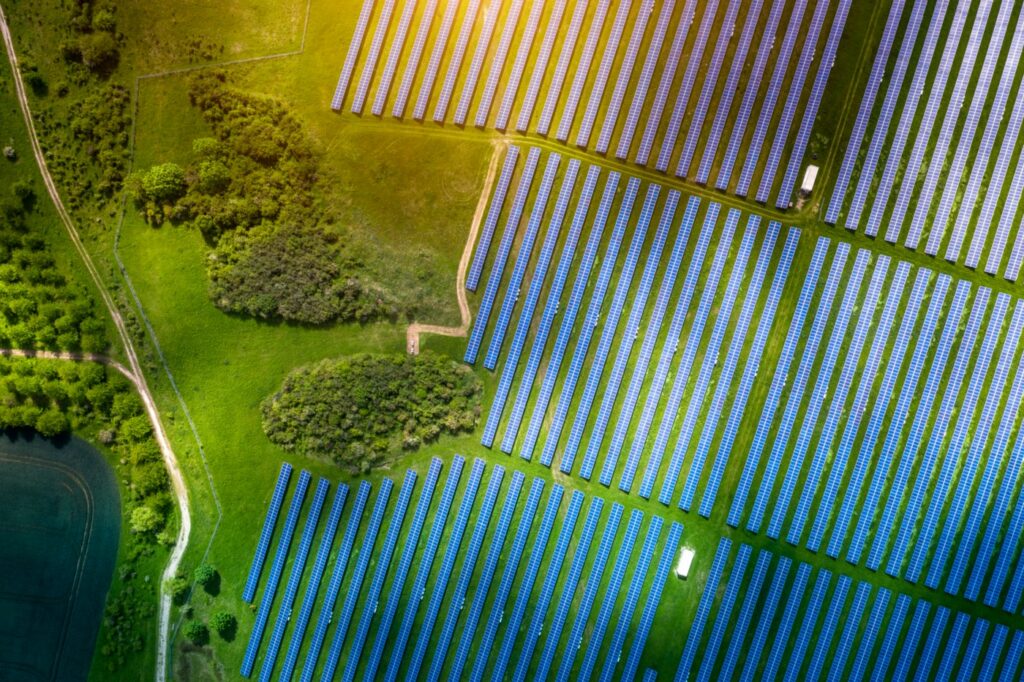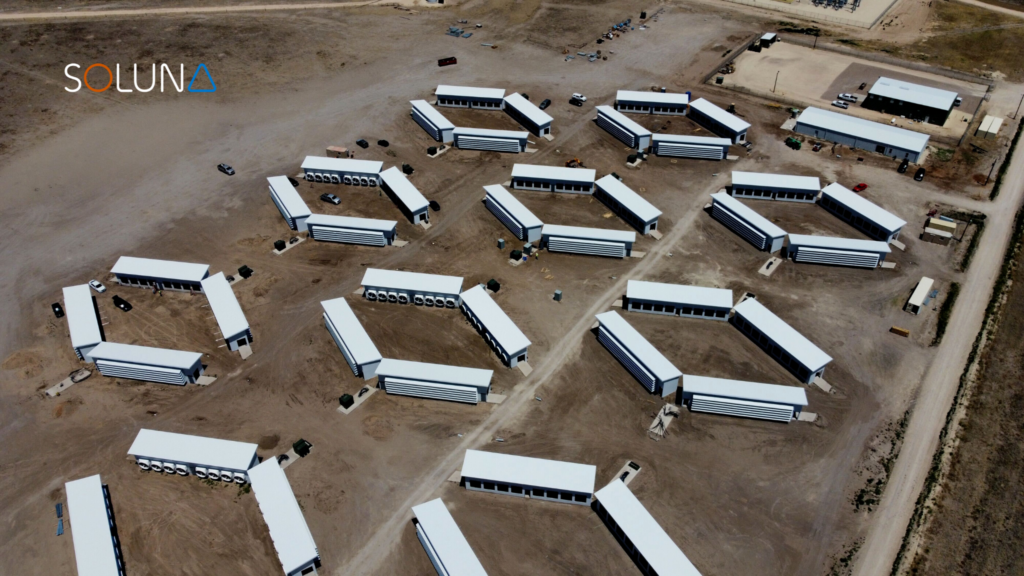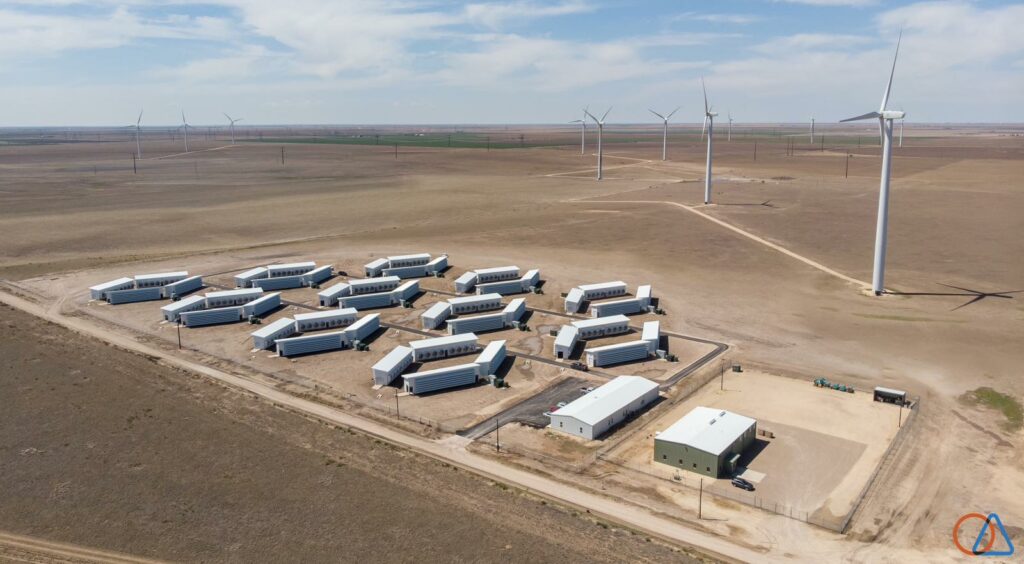by Nicola Phillips, Copywriter
With the exception of the occasional power line dangling overhead, far out of reach, the U.S. electric grid is largely invisible. We interact at its edges — plugging a charger into a socket, pressing a button that turns on our AC. The “grid edge” has become an infrastructure unto itself, and the term has (at least in energy circles) permeated our lexicon.
Underlying the grid edge are the heart and organs of the being — 450,000 miles of high voltage lines, 160,000 miles of overhead transmission, aging wires and substations, and weathered poles. By the time the grid reaches us, its end-users, it has mostly completed its journey. We participate only as the exclamation mark at the end of the essay that is America’s electric grid.
The expression “off-the-grid” encapsulates well where the electric grid sits in America’s psyche. For the electricity-privileged, “the grid” is not a physical thing so much as a state of being, or a plane of existence. To be a human living in modern society is to be intimately entangled in the grid. To go “off it” is to leave modern society behind.
Despite its outdated infrastructure, the electric grid has mostly succeeded in fading into invisibility.
The path to a renewable energy future runs straight through this same, outdated grid. And to reach this point, I think we need to reimagine both what the electric grid looks like and how we look at it. The grid cannot continue to be invisible; it has to become an integral, physical part of our day-to-day lives — when it’s working as much as when it’s not.
Infrastructural invisibility — coined by a group of researchers at UC Berkeley — refers to the ability of an infrastructure to occupy low mind share among human users (out of sight, out of mind) — generally regarded as a good thing. Consider that the only times we think about our electric grid (the only times when it is not, for all intents and purposes, invisible) are when it fails or falls short. The light switch doesn’t command attention until we flip it and no light comes on. We find ourselves anxious about electrical sockets only when they are inconveniently placed or difficult to find.
The rare moments when electricity doesn’t work as expected are all the more jarring because mostly we experience the grid not as a physical thing that can break. It just is.
Given the jarring nature of grid failure, I wonder if infrastructural invisibility should be the goal after all. Maybe we should be striving to make our grid more visible, and see firsthand the grasp it has on most every minute of most every day of our lives.
The grid is as much a part of our modern world as you and I are. Cultural anthropologist Gretchen Bakke — in her sprawling book aptly named The Grid about America’s energy past, present, and future — calls us “electricity-seeky,” by which she means, most literally, we are seekers of electricity. Electricity pumps the heart of our waking (and sometimes sleeping) lives, often in its distillation as data. (Data is really just electricity in one of its many forms.)
Our own future is tied up in the future of the grid. Can we make it last for another hundred years? Another thousand? Will we even need it generations from now?
Thinking about the electric grid got me thinking about systems in general. If the electric grid pumps the heart of our modern world, then its equivalents in nature are our forests and deserts — those ecosystems that have been around for billions of years. What can our grid infrastructure learn from them?
Scientists basically sit in one of two camps when it comes to ecosystem resilience. (Ecosystem resilience is the reason that the forests and deserts survive decade after decade, century after century, millennium after millennium.)
The historical school of thought was that resilience marked a return to prior homeostasis — basically, an ecosystem’s “bounce-back” ability. But this view has been challenged by recent catastrophic climate events. It turns out, the natural world doesn’t return to homeostasis following great disturbance.
So, how do we understand resilience in a world that is constantly changing?
Another school of thought is that resilience doesn’t mark a return to anything, but rather the ability to absorb disturbance and reorganize. In other words, resilience is not finding a way to dispense with perturbation; it is finding a way to live with it.
This theory, known as ecological resilience, presumes the existence of multiple stable states or regimes. This is also known as the alternative stable state theory — the idea that an ecosystem can, through constant change, keep finding new stability.

A Google search on “electric grid resilience” brings up dozens of articles, scholarly and otherwise. Their focus spans the map, from discussions of grid reliability and flexibility to questions of national security.
Some of the most promising avenues that we can pursue involve making the unseen seen. To introduce flexibility into our outdated electrical grid, we need to diversify our energy portfolio. Transitioning energy reliance from fossil fuels to renewable energy introduces an opportunity to truly localize energy production. Unlike coal and oil, which exist where they exist (much to the detriment of global political stability), wind and sun are everywhere. They don’t need to be imported; they can be harnessed right here, in your backyard.
When you’re generating electricity in your own backyard, the grid becomes something physical.
Now, to be clear, localizing energy is more complicated than just saying that we should all erect solar panels in our yards. A big reason that the electric grid has lived on through the decades without significant improvements is that modifying a system that has to always be on is really difficult. No one is overhauling America’s electrical grid anytime soon.
But we don’t have to overhaul the system to integrally change it.
One of the measures of ecological resilience is this concept called panarchy. The word is derived from Pan, the Greek god of the wild, evoking the unpredictability of nature. In fact, unpredictability is only half the equation. Panarchy seeks to make sense of the fact that complex systems tend to be both stable and ever-changing.
In the ecological model, panarchy stipulates nested sets of adaptive cycles. Cycles exist on a scale of time and space, and cycles at different levels can interact with and influence one another. Lower, smaller-scale levels are also faster-changing, which intuitively makes sense. It’s quicker to make many changes on a smaller scale than to enact a few sweeping changes.
The key insight in panarchy is that these small, fast-changing cycles can impact the entire ecosystem as much as the larger, slower-moving cycles can. This has been illustrated repeatedly in ecology, where forest fires originate from a single patch, or diseases originate with a single fish in the pond.
In these illustrations, an ecosystem is the same until it is not. The larger collective is not noticeably different as all these smaller changes take place (the forest is still the forest), but meanwhile, all the small changes add up to that big, obvious change. Stable and yet changing.
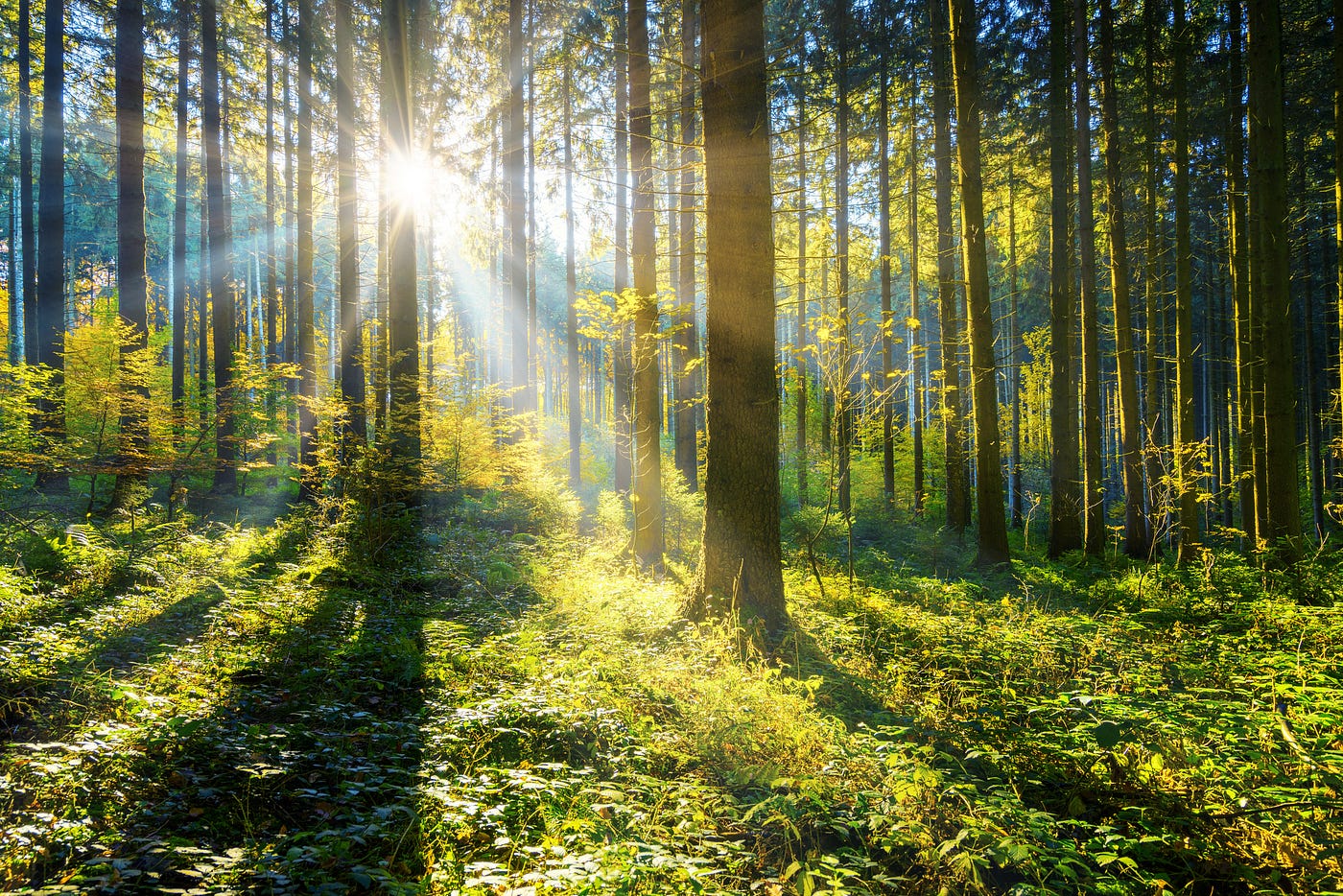
Building a resilient electric grid looks a lot like panarchy. The skeleton already exists, but small-scale changes can alter the integrity, and ultimately the outcome, of the grid.
These changes might look like solar panels in your yard, yes, but they can also look like electric cars or lithium-ion batteries being deployed for energy storage. Or pumped storage hydropower accumulating energy potential while demand is low. Or flexible load data centers.
Small-scale integrations into the electric grid are a lot more practical and actionable than giant, sweeping infrastructure changes. We can implement flexible load data centers and a host of other small-scale integrations right now.
Envisioning this new electrical grid (which, depending on how you answer the question of Theseus’s ship, is perhaps a different grid entirely) requires letting go of the longstanding ideal of making it truly invisible. And accepting that our grid not being invisible is largely a good thing.
To build a resilient electrical infrastructure — to pave the way to a truly sustainable future — we need to see where our power comes from, and what it costs.
